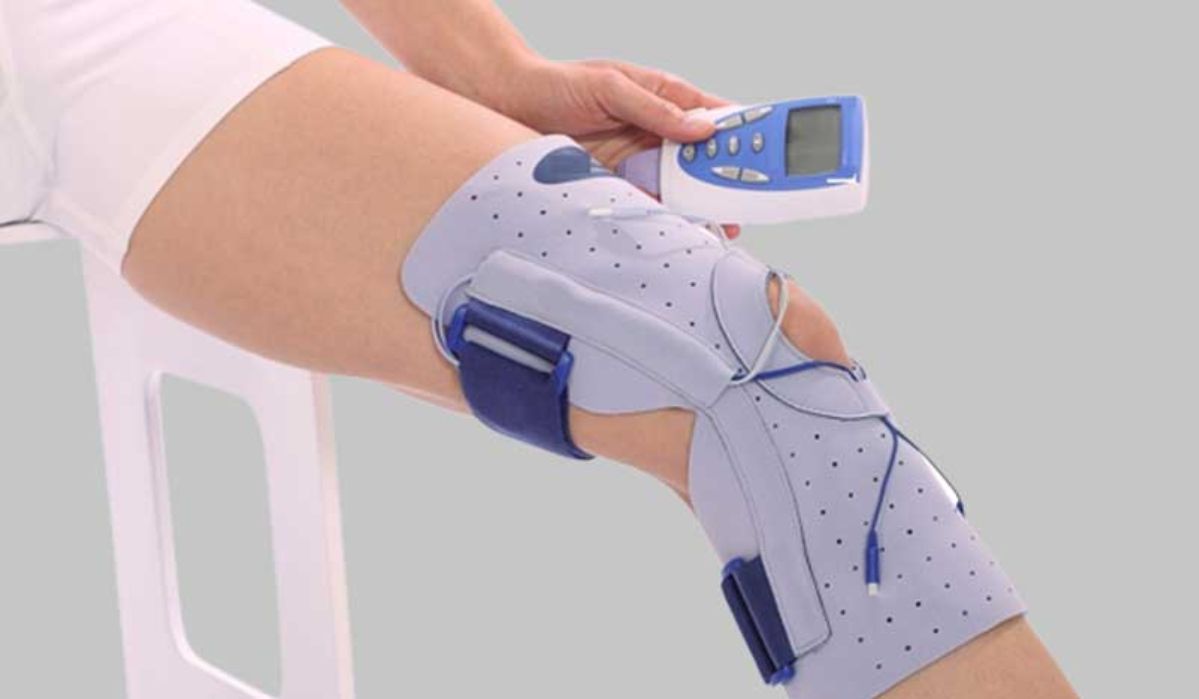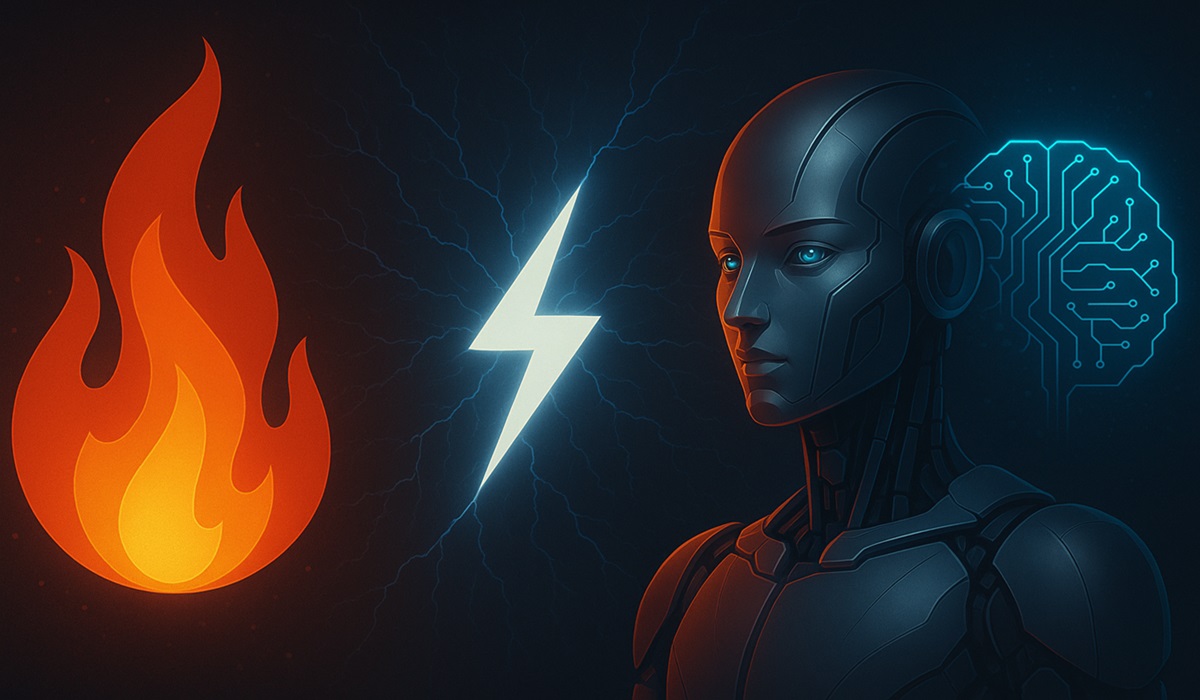Pain Management Devices Market Is Estimated To Witness High Growth Owing To Increasing Prevalence Of Chronic Pain
- Ronak Shah
- U.S.A
- January 23, 2025

The Pain Management Devices Market is estimated to be valued at US$ 4280.9 Bn in 2024 and is expected to exhibit a CAGR of 6.5% over the forecast period 2024- 2031, as highlighted in a new report published by Coherent Market Insights’ Rising geriatric population coupled with increasing prevalence of chronic diseases such as cancer, arthritis and neurological disorders are some of the major factors expected to drive the growth of the global pain management devices market over the forecast period.
According to WHO, chronic pain affects 1 in 5 adults worldwide and is one of the most common reasons for hospital visits. Moreover, high adoption of advanced pain relief therapies and increasing awareness regarding pain management devices will further augment the market growth.
Key Market Trends: Adoption of neuromodulation devices: Neuromodulation devices are increasingly being adopted for the treatment of chronic pain. Neuromodulation therapies such as spinal cord stimulation, deep brain stimulation and transcutaneous electrical nerve stimulation modulate the activity of the nervous system to relieve pain. Furthermore, miniaturization and technological advancements in neuromodulation devices such as rechargeable batteries and battery longevity have boosted patient compliance for neuromodulation therapies.
Use of bioelectronics for pain management: Emerging fields of bioelectronics and neuroscience are opening new avenues for managing chronic pain. Researchers are developing novel bioelectronic therapies such as nerve blocking and neurostimulation devices to provide long-term pain relief. For instance, electroCore Inc. has developed non-invasive vagus nerve stimulation device called gammaCore for treatment of migraine, cluster headaches and other forms of acute pain.
Pain Management Devices Market Opportunity: Transcutaneous Electrical Nerve Stimulation or TENS devices represent a significant opportunity in the pain management devices market. TENS devices use mild electric currents to inhibit the brain’s perception of pain signals and reduce pain. They are a popular first-line treatment option for musculoskeletal pain like lower back pain and arthritis. TENS devices are non-invasive, drug-free options that can be used at home as needed. Advantages like convenience of use and lack of serious side effects have made TENS devices popular among consumers looking for alternative pain relief options. Manufacturers are focusing on product innovations like wearable TENS devices integrated with remote monitoring capabilities. The TENS devices segment was valued at USD 1,280.9 billion in 2019 and is projected to grow at a CAGR of 6.2% during the forecast period.
Neurostimulation devices that use electrical stimulation of specific nerve pathways or targets in the brain or spinal cord to block pain signals represent another major growth avenue. Spinal cord stimulation or SCS devices and deep brain stimulation devices are commonly used neurostimulation therapies for chronic pain conditions. Advancements in neurostimulation technologies with features like rechargeable batteries and real-time programming capabilities have increased adoption rates. The neurostimulation devices segment accounted for USD 1,460 billion in 2019. Miniaturization of hardware components is enabling less invasive surgical procedures, further driving the segment growth at an estimated CAGR of 6.3% till 2031.
Key Market Takeaways: The global pain management devices market size was valued at USD 4,280.9 billion in 2024 and is anticipated to witness a CAGR of 6.5% during the forecast period 2024-2031, owing to increasing prevalence of chronic pain conditions and rising geriatric population worldwide. On the basis of type, neurostimulation devices segment is expected to hold a dominant position, due to advancements enabling less invasive surgical procedures. By application, cancer pain segment captured maximum share in 2019 due to high unmet medical needs.
Competitor Insights: Key players operating in the pain management devices market include Stryker Corporation, Pfizer Inc, Medtronic plc, Boston Scientific Corporation, and Bayer AG among others. These players are focusing on new product launches and revenue expansion through mergers & acquisitions to strengthen their market presence.
Recent Developments: In July 2023, pharmaceutical major Pfizer reported positive Phase 3 trial results for its lidocaine patch candidate PF-05089771 in treating post-herpetic neuralgia. The company aims to file for FDA approval by mid-2024. Similarly, skin delivery tech firm Aveva Drug Delivery secured a licensing deal with American Regent for its lidocaine-diclofenac transdermal patch in September 2023. The patch is under review for osteoarthritis knee pain. Other firms active in this space include Hisamitsu, Teikoku Seiyaku and ProStrakan. Topical formulations are anticipated to gain wider usage as a frontline therapy for minor to moderate pain conditions over injectables or oral medications. More information in full report.








